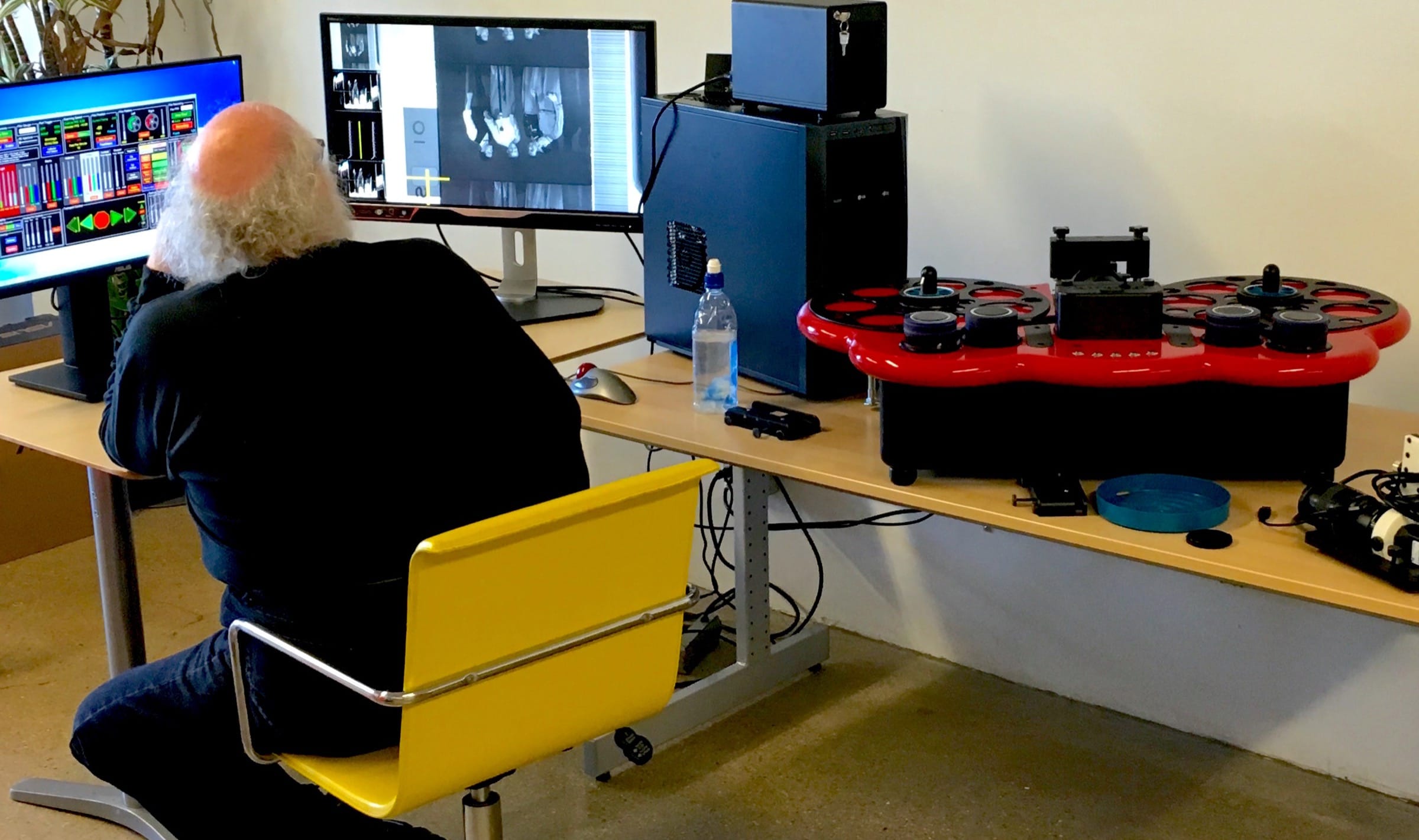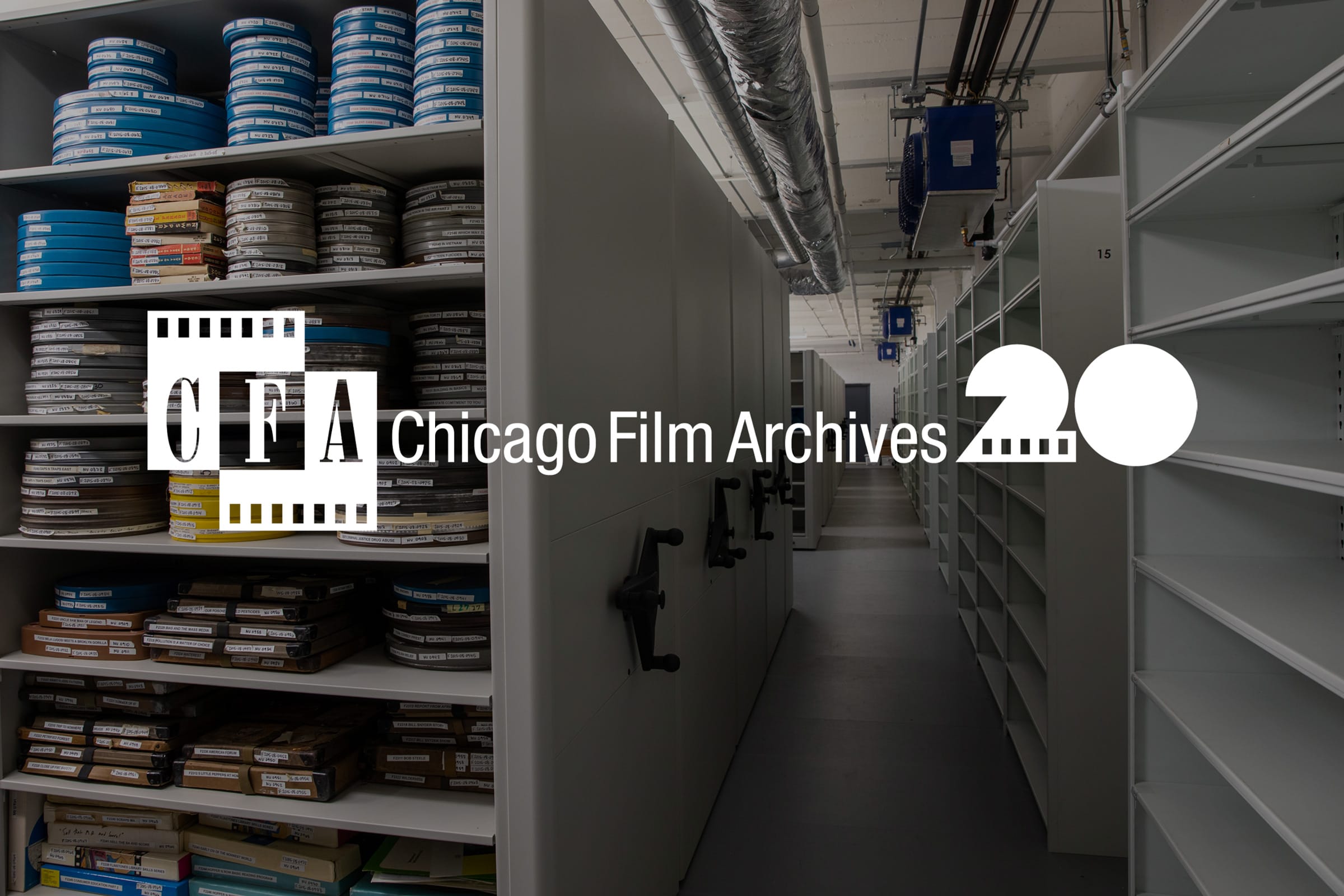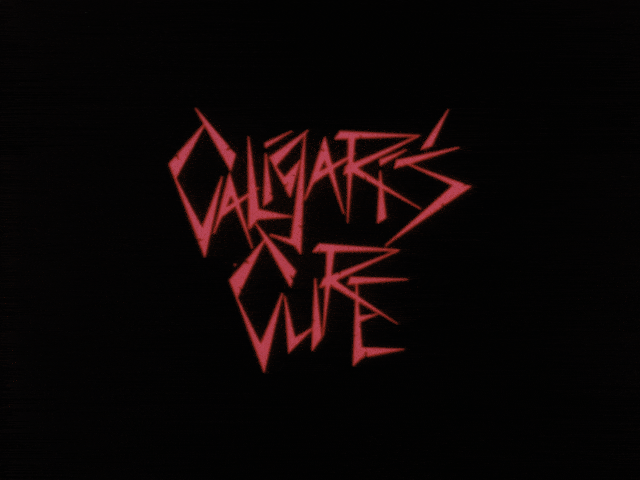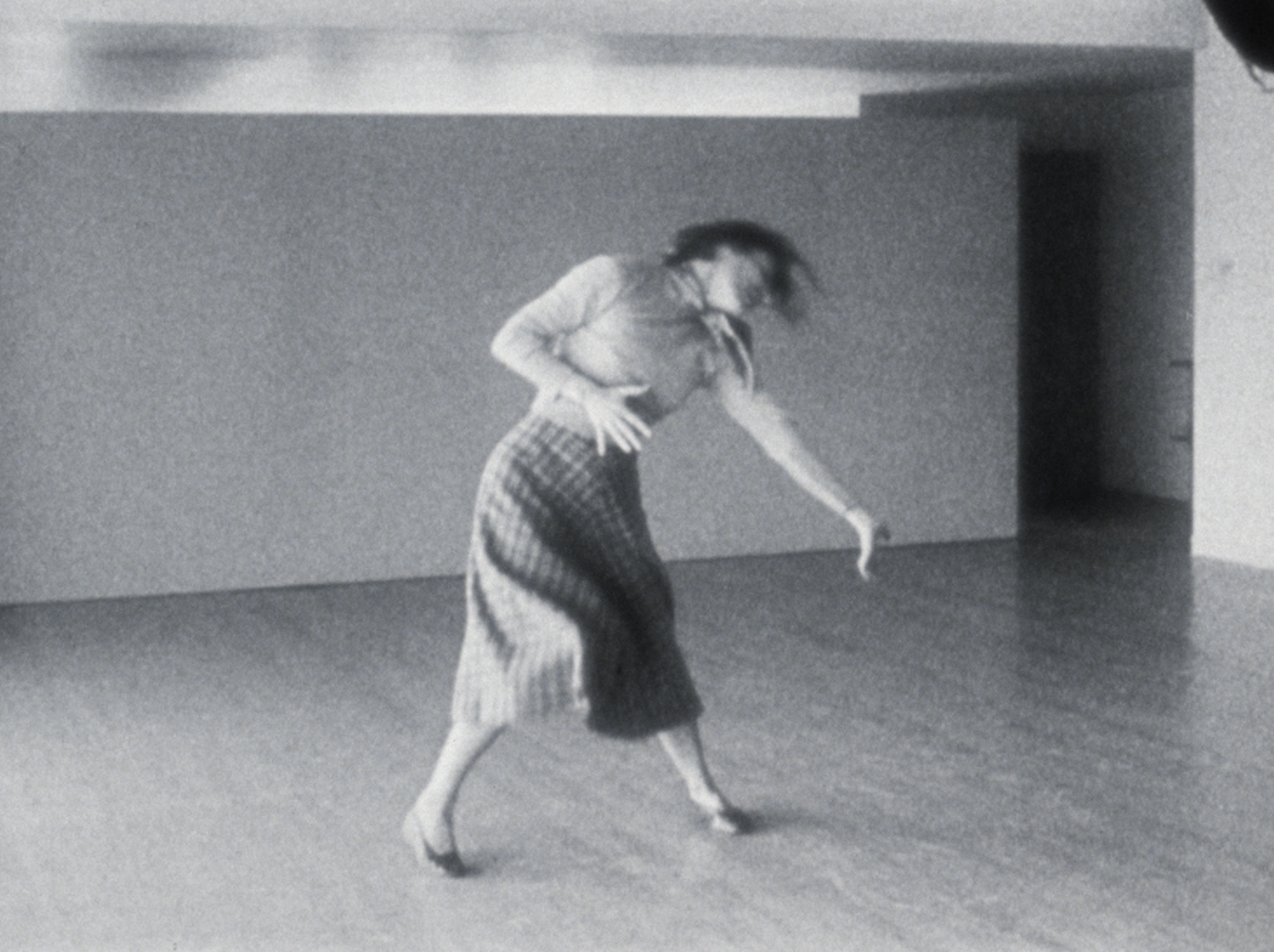Amy here. I arrived at CFA two months ago to serve as Digital Collections Manager. One of the cardinal reasons I was brought onto the CFA team was to help guide a refining and expansion of the archive’s digital initiatives, with the Kinetta Archival Film Scanner being a big part of the initiative. As we awaited the arrival of the scanner, I took the time to familiarize myself with the digital collection and how it’s currently organized.
CFA’s current digital collection is largely comprised of standard definition video files that act as surrogates for access to films in the archive. Many of the files have been generated by digitizing our films with our Tobin telecine machines and processed using various video editing softwares; tools which have been integral to our client services and internal operations for years. The few high definition video files that exist in CFA’s digital collection have been acquired from vendors that have processed our preservation works, partly thanks to grants funded by the National Film Preservation Foundation (NFPF). CFA puts a huge emphasis on access, and although providing access to moving image film is the archive’s focus, providing access to films via digital media has been a crucial and realistic action for our operation. As I rifled through the archive’s various digital storage drives and digital metadata in the database, I got a clear impression that CFA was absolutely ready to formalize and intensify their digital collection holdings.
And then the Kinetta film scanner arrived. And we turned it on. And we ran a film through it that showed up so sharp on the monitor that it made us catch our breath. We were definitely not looking at a film anymore, but we were looking at a gorgeous interpretation of a film.
The Kinetta, a creation developed by Jeff Kreines, was made with an archival environment in mind. The scanner can accommodate the handling of a film in healthy condition, and it can handle a film that has been beaten up and shrunken. CFA has films that fall into both of those categories and every category in between. Jeff sat with the staff for a week to help us acclimate to the new equipment, new related softwares, and new file creation capabilities. Jeff knows film, and has made digital technology its true complement with the scanner.

Jeff at the controls.
So, now that we have the Kinetta, what does this mean for CFA? This means new things in the face of preservation and access. In terms of preservation, CFA will absolutely continue photochemically preserving films in our collection whenever possible. In the event that we don’t have the financial support to preserve a film photochemically, we now have the capability to create a digital video file that can act as a preservation element. When we come up against a film in our collection that can no longer survive physical handling, we can scan it and preserve its contents via digital video file. In terms of access, we can now create digital elements that comply with a wider range of screening venues, especially venues that don’t support film projection. We also have gained the capability to capture a digital image from a film at a resolution that far surpasses the visual quality of the standard definition files that make up our current digital collection. Therefore, not only can we provide access to our films in more locations, but we can also provide access to details of our films that we could have never seen so clearly as we can now.
What does the Kinetta mean for our stock footage, transfer, and rental clients? More digital output options, crisper images, and the possibility to obtain preservation files of their own work. Essentially, new things in the face of preservation and access for them too.
What doesn’t the Kinetta mean? It does not mean that we will scan everything in our collection – obtaining digital storage to accommodate such a project is not within CFA’s reach, and we consider film a more stable format than digital files. It does not mean that our main focus will shift away from film – we will exhibit film when we can exhibit film, and we will preserve films photochemically when we can. The scanner is meant to support our films, not replace them.
The arrival of the scanner is the sort of the beacon of change for CFA. We are taking our time to learn the equipment and new software to ensure that our operators have a firm grip on it. We are developing a solid new workflow for digitizing our collection items. We are developing a realized set of scanner services for our stock, transfer, and film rental clients. We are taking time to fully understand and implement the expansion and security of our digital initiatives, which encompasses realistic and safe digital storage methods as well as a review of digital file organizational methods and metadata collection. We are brainstorming how the scanner will affect our future screenings and grant proposals. We are getting new furniture. It’s a lot. And it’s awesome.
People and entities who have helped us get to this point are Jeff Kreines and Tom Aschenbach, the DEW Foundation and the Richard H. Driehaus Foundation. Many many thanks. We are so grateful. We would also like to thank the MacArthur Foundation for acknowledging this new milestone as one of the reasons to award CFA sustenance funds.
Because all this awesome stuff comes along with getting the scanner, we are aiming to offer client services for it by summertime. We want to be truly ready for you. So please sit tight for a little longer. We’ll keep you posted. We are excited.




![[Rudy Lozano]](https://www.chicagofilmarchives.org/wp-content/uploads/2023/08/Lozano2.png)

